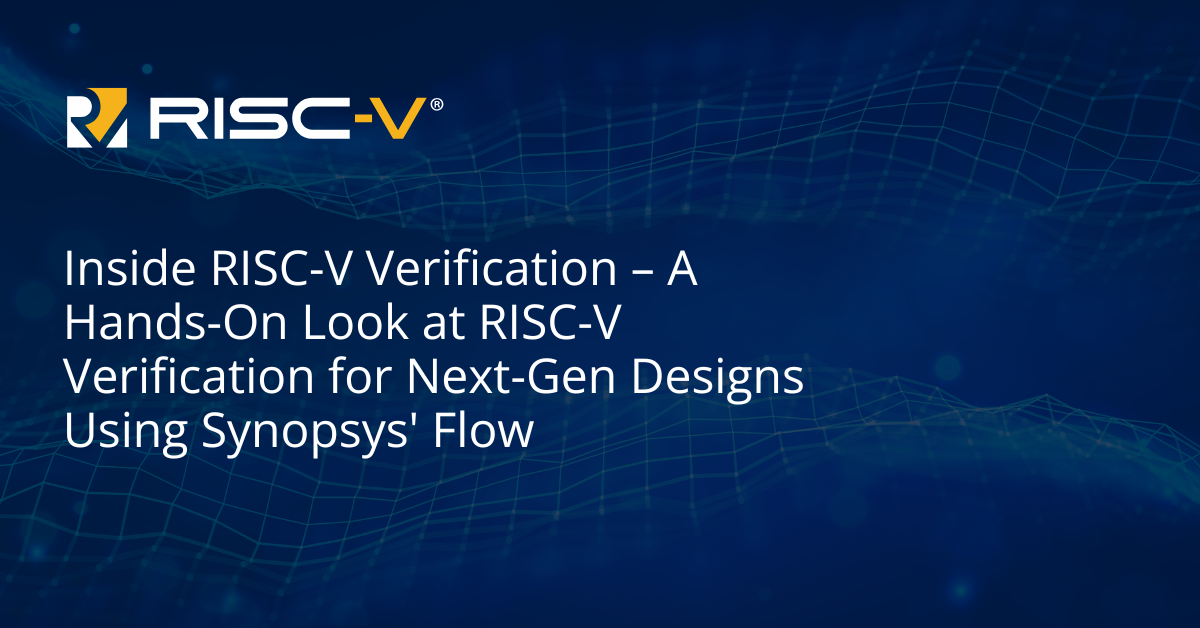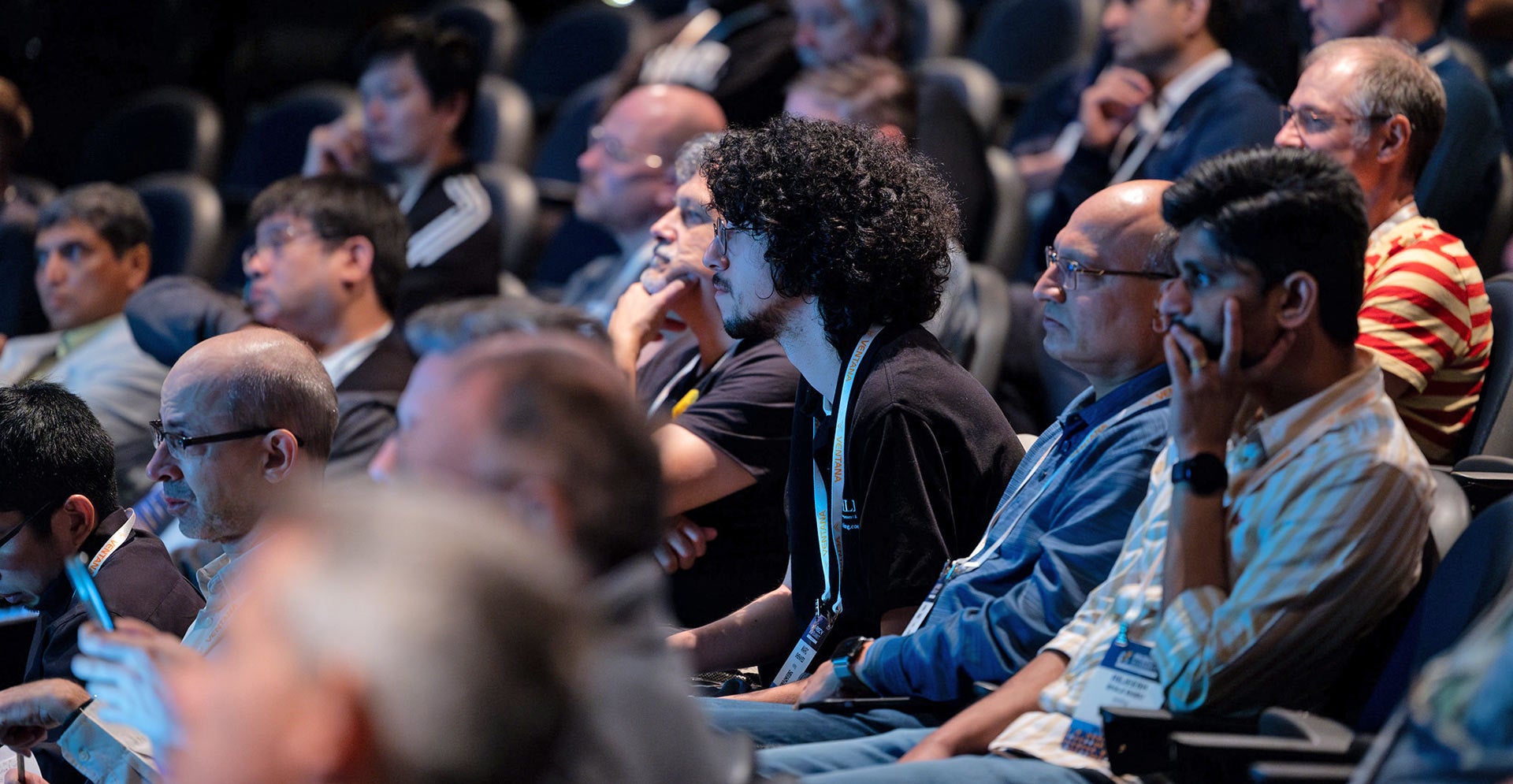With Innovative technology, a collaborative spirit and a unique value proposition, Chip flow is setting itself to be the next generation of semiconductor solutions.
Interview with ChipFlow Founder Tomi Rantakari
In the ever-evolving landscape of semiconductor technology, ChipFlow is emerging as a trailblazer, making waves with its innovative approach to chip design and production. We sat down with Tomi Rantakari, the visionary founder of ChipFlow, to delve into how the company is lowering barriers and making custom ASICs accessible to Original Equipment Manufacturers (OEMs).
Q: Can you describe ChipFlow’s mission and how it influences your approach to chip design?
Tomi Rantakari:
Our mission at ChipFlow is to democratize access to custom ASICs by significantly lowering the entry barriers for OEMs. Traditionally, innovation in chip design has been restricted to software, leaving hardware advancements out of reach for many. By developing a software platform, we empower OEMs to design custom chips more cheaply and quickly, leveraging their existing software talent and accessing the semiconductor supply chain directly.
Q: What technological innovations has ChipFlow developed to enable faster and cheaper chip design and production?
Tomi Rantakari: Our platform integrates the best of EDA tools and IP with proprietary code, offering a complete front-end and back-end design flow at a significantly reduced cost compared to traditional options. A key innovation is the pre-integration of Foundry PDKs into our platform, allowing OEMs to produce a manufacturing-ready GDSII file directly, bypassing the need for multiple NDAs and simplifying the process.
Q: How do these technologies differentiate from established industry practices?
Tomi Rantakari: ChipFlow’s approach, rooted in open-source hardware, drastically lowers costs. Our front-end design utilizes Python libraries, making chip design accessible to a broader range of people. Furthermore, our development process incorporates best practices from software development, such as continuous integration, ensuring a seamless and efficient workflow.
Q: How has ChipFlow optimized these processes to reduce costs and production times?
Tomi Rantakari: We have streamlined our design process with the OEM in mind. It begins with integration into the OEM’s requirement management system if needed. By leveraging existing software engineering teams, OEMs can simultaneously work on both software and hardware solutions, significantly speeding up innovation and time-to-market. Additionally, our back-end automation and Python-based design work further expedite the process.
Q: What impact are you hoping to make on the market?
Tomi Rantakari: We are pioneering a new market category with our offering. It’s natural for people to be skeptical and ask, “Where’s the catch?” The truth is, there isn’t one. Our solution is as good as it sounds. We aim to make custom chip design accessible, removing traditional cost and complexity barriers.
Q: Can you share any success stories or case studies?
Tomi Rantakari: Recently, we completed a proof of concept for a major automotive OEM. We developed a custom chip that consolidated 11 chips across 4 ECUs into one, significantly reducing both cost and time throughout the production process. This is just one example of how ChipFlow is enabling new capabilities for our customers.
Q: How is ChipFlow staying ahead of technological advancements in chip design and manufacturing?
Tomi Rantakari: Our team is composed of leaders in open-source hardware and seasoned professionals from the existing EDA world, such as Michel Laudes. Our end-to-end platform gives us unique visibility across the entire supply chain, allowing us to continuously optimize our processes and stay ahead of technological advancements.
Q: Can you explain your business model and how it supports customization needs with cost-effectiveness?
Tomi Rantakari: We will launch our platform in late 2025 with a subscription-based model. The subscription fee will be a fraction of current EDA prices, and since OEMs will handle the design themselves, we eliminate costly intermediary steps, making the entire process more affordable.
Q: How does ChipFlow collaborate with customers to ensure their specific needs are met?
Tomi Rantakari: Customer feedback is crucial in shaping our view of the market and refining our offerings. We maintain close collaboration with our clients, ensuring that their specific needs are met and that our platform evolves to address the real-world challenges they face.
ChipFlow is not just redefining chip design; it’s setting the stage for a future where custom ASICs are within reach for a broader range of industries. This is essential to enable cost-effective, tailored solutions that foster greater innovation and provide competitive advantages for more companies. With a pioneering vision and groundbreaking technology, for many OEMs, ChipFlow is truly making the impossible possible.



